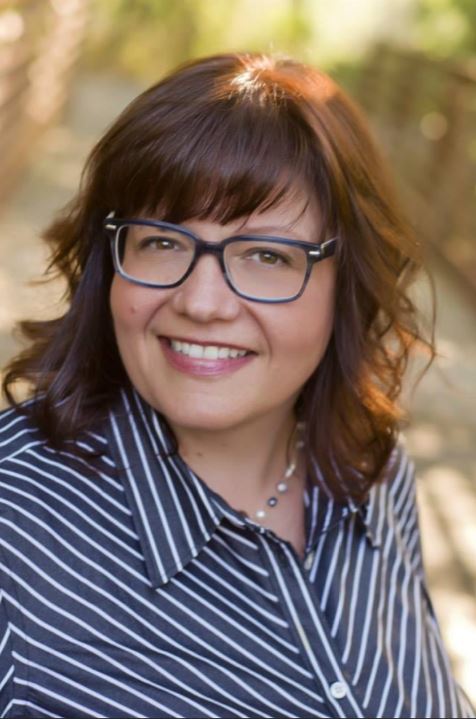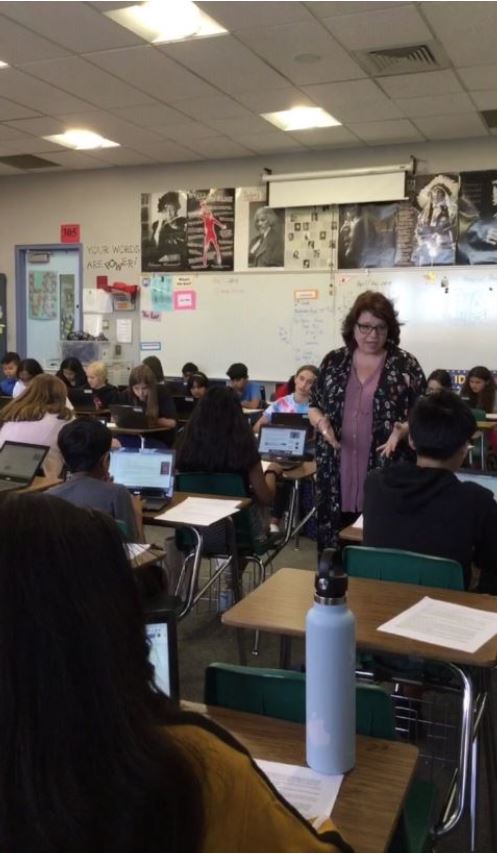Folsom Middle School Teacher, Melissa Lawson, received a big honor from National History Day by being named a Master Teacher in partnership with the Library of Congress for helping her students become critical thinkers. This prestigious opportunity went to ten educators across the country who demonstrate a passion of encouraging students to experience history by analyzing historical documents.

Melissa was nominated in December 2019 by the California state affiliate for National History Day because of her 21 years of unique teaching methods. Melissa is known to not only go by the books in teaching history, but she encourages students to do the work of historians through primary source document analysis. She motivates students to challenge their own perceptions, and to place themselves in a moment of history, so they can imagine what life was like during that time. The selection process required her to choose a primary source from the Library of Congress, analyze it, and interpret its significance. The document she analyzed was a pamphlet featuring Emile Berliner’s phonograph, an improvement over Thomas Edison’s version. It was an example of “breaking barriers,” which was the theme of this year’s National History Day contest.
In partnership with nine other national master teachers and the Library of Congress, she will be contributing a chapter to the Library of Congress’ guide that will help teachers navigate primary source validity, points of view, and any missing narratives related to that source or overarching topic. This teacher guide will help those who are new to the profession or new to in-depth research in the classroom. Melissa is not only mentoring her students, but now she gets to mentor her peers in how to teach students to think like professional historians and engage with history in addition to studying it.
“Textbooks have limitations. We should go beyond the textbook and give students an opportunity to dig deeper into history and how we all connect to it. I want to engage students with people and situations of the past by having them read historical journals, examine Supreme Court cases, or analyze letters home from soldiers in WWII – and other forms of document-based inquiry, so kids can understand perspectives beyond their present-day views,” Lawson explained. “I want them to understand that there are opportunities to build on what we already know, to expand our own point of view to include the wisdom of the past, and the Library of Congress and National History Day are great resources for teachers to help their students discover that.”

Now that we are acclimating to the new normal in the COVID-19 pandemic, she is looking forward to continuing her methods by exploring digital programs like Schoology, Google Classroom, Zoom, Calisphere, and other online interaction and video programming. “This will be a different facet of getting to know my students and their interests,” said Lawson.
The Discussion 0 comments Post a Comment